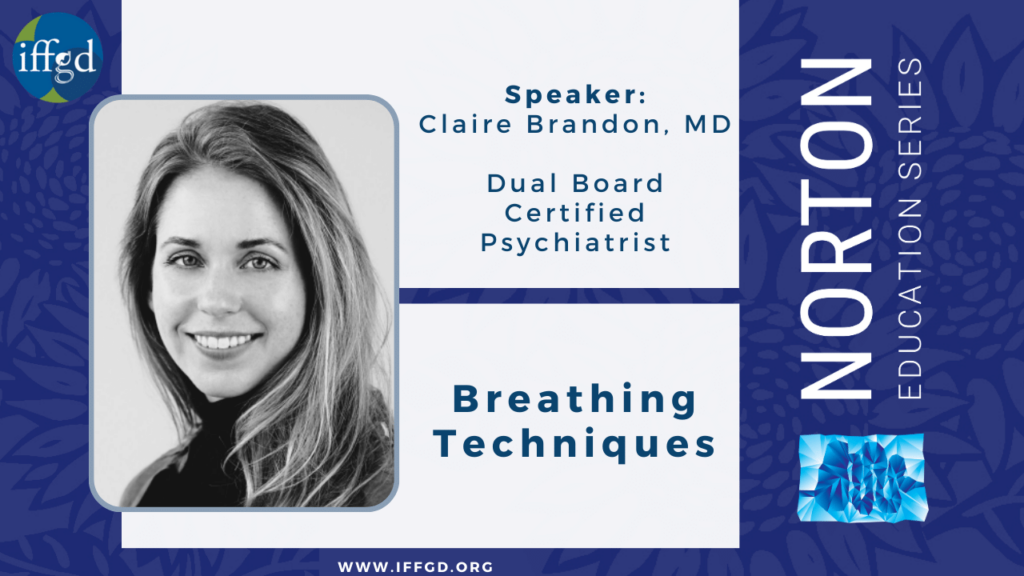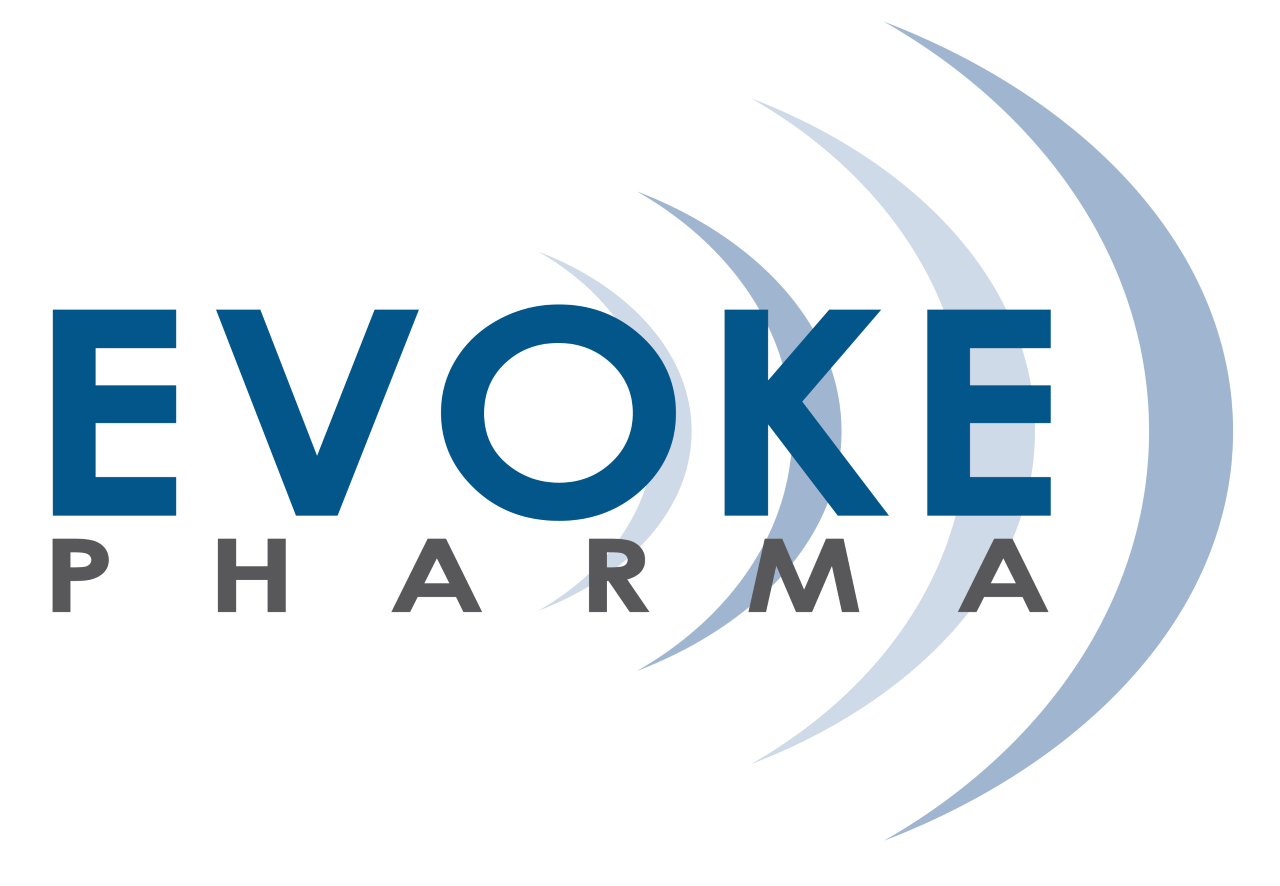Relaxation training is an integral component of behavioral therapies for managing chronic pain, promoting health, and helping people cope with life-threatening illnesses. Relaxation can assist in managing functional gastrointestinal (GI) disorders.
How can Relaxation for Digestive Disorders Help?
Research has shown that relaxation provides several health benefits including:
- Decreasing excess arousal produced by worry or anxiety
- Managing insomnia
- Protecting against the adverse physiological responses to stress
- Increasing pain tolerance while decreasing some of the symptoms associated with chronic pain
Relaxation training is also a vital part of any stress management program.
Many researchers and health professionals believe that relaxation provides two important functions:
- As a coping skill that can be used immediately when a person is stressed, overly aroused, or in pain
- By preventing some of the damaging effects of stress
Daily practice of relaxation lowers arousal that is associated with wear and tear on the body. Regular use of relaxation enables one to calm the body before beginning stressful activities and has been associated with improvements in the immune system.
For individuals with functional GI disorders, relaxation appears to help by dampening the pain, managing the arousal naturally associated with physical distress, providing self-help skills, and managing irritability which is a very common consequence of chronic pain.
What is Relaxation?
The skill of achieving a deep state of relaxation has been pursued throughout much of recorded history and is a key element in many cultural and philosophical traditions. Contemporary health scientists have attempted to specify what relaxation is and identify how to teach people to relax effectively.
It is helpful to view relaxation from the perspective of three integrated systems in the body:
- The brain/cognition
- The skeletal muscle system
- The autonomic nervous system
The Brain/Cognition – During and following relaxation, individuals typically report experiencing less rapid thinking and an increased ability to focus thoughts and maintain concentration.
The quality of thought is also reported to be calm and restful in nature. It has been describe as a peaceful willingness to just let thoughts flow in a natural, non-directed, or non-controlled manner.
Relaxation produces a particular pattern of bioelectrical brain activity. We refer to this pattern as alpha activity. Everyone produces some alpha activity prior to falling asleep. Difficulty producing alpha activity is associated with sleep onset insomnia.
We can record alpha and give people feedback on how well they are producing alpha states. Using alpha feedback is one way to teach relaxation skills (see Biofeedback, below).
The Muscles – When relaxed, there are two changes in muscular activity:
- Relaxed people are very still – when they move, they do so slowly and gently
- Muscle tone, which is the background level of muscle tightness in between overt muscle movements, is low when people relax
Many of us get sore, aching muscles in our lower backs and shoulders or develop muscle tension headaches when muscle tone is too high for too long.
The Autonomic Nervous System – The third system that changes with relaxation is the autonomic nervous system. This is the part of the nervous system outside of our brain and spinal cord that controls digestion, blood circulation, and other basic biological processes.
This nervous system controls parts of our body that we do not normally have to consciously attend to, like our heartbeat or the level of activity of our gastrointestinal system.
The system has two branches, the sympathetic nervous system and the parasympathetic nervous system. Each branch activates different parts of the body in different ways. They tend to act like the two sides of a scale – when one is activated, the other is less activated.
Generally, the sympathetic nervous system is activated when you are challenged or stressed. Our heart beats more forcefully and races, our palms sweat, and we suddenly feel very awake and alert.
By contrast, we tend to be more parasympathetically activated when out of danger and environmental demands are low. Under parasympathetic activation, the organs take care of functions such as digesting meals, converting blood sugars for long-term storage, and moving nutrients to cells while moving waste away.
Breathing is an interesting physiological process. It is controlled by the autonomic nervous system (such as when we sleep), but can also be controlled voluntarily (such as when we hold our breath).
Research studies suggest that many parts of the autonomic nervous system tend to follow the activity of breathing. Under sympathetic activation, breathing tends to be rapid, shallow, and less rhythmic. During relaxation and parasympathetic activation, breathing is slow, deep, and has a regular rhythm.
Because you can voluntarily change breathing patterns and because the autonomic nervous system tends to mimic what is going on with breathing, a relaxed breathing pattern can be a successful way to gain control over automatic physiological processes.
Putting it Together
These three systems – the brain/cognition, the muscles, and the autonomic nervous system – are integrated by brain centers. These include areas involved in regulating emotions, basic biological/behavioral processes, and arousal.
The three systems tend to work in a coordinated fashion. When you change the pattern of responding in one system, this affects the other systems.
Thus, if you become very still and reduce muscle tone, there is a tendency for the brain and autonomic nervous system to generally reflect relaxation. Methods of producing relaxation tend to focus on one system, combinations of these systems, or all three.
Key Elements in Learning to Relax
Like any skilled act, relaxation skills are developed through practice. For you to show any lasting benefit from relaxation training, research has indicated that a minimum of four training/therapy sessions is critical.
Researchers have found that people will continue to show skill development over the first 10 relaxation training sessions. Generally, no additional benefit is gained from more than 10 sessions.
Regular practice of relaxation appears to be critical in learning how to become deeply relaxed and producing health benefits from relaxation. If you have difficulty in becoming relaxed, special coaching or individual tailoring of a relaxation technique may be required. (see Seeking Professional Assistance, below)
Which Method is Best for You?
There are subtle differences produced by various methods of teaching relaxation. Nevertheless, researchers have repeatedly found that any systematic program of relaxation appears to produce positive changes in physiologic and psychological states for most people.
You should choose a relaxation-training program that feels comfortable to you.
Various training programs are available through education programs such as yoga, transcendental meditation, or self-hypnosis. Many self-help books, guided relaxation tapes, or music-based relaxation recordings are also available.
Biofeedback can also be a very powerful relaxation technique. Biofeedback is a psychological self-regulation technique using feedback from one’s body reflected through a computer.
Several studies have also shown that hypnosis is helpful to people with irritable bowel syndrome (IBS). Hypnosis therapies for functional GI disorders include both relaxation and suggestions for how to cope with functional GI problems.
Learn more about hypnosis for IBS
The Basics
Roger Poppen has done a good deal of research attempting to identify in the most basic way, what one has to do to produce relaxation. He has broken this down into Ten Relaxed Behaviors that you may want to try.
Ten Relaxed Behaviors
Most individuals prefer practicing relaxation in a comfortable chair in a quiet room (TV off).
- Head: The head is motionless and well supported by a pillow or chair, and is centered with the midline of the body.
- Eyes: Eyelids are lightly closed with smooth appearance and there is no motion of the eyes (one may want to focus on an object low and distant in the room before closing the eyes).
- Mouth: The lips are parted at the center of the mouth and the front teeth are slightly parted.
- Throat: There is an absence of motion and the neck is centered with the midline.
- Shoulders: Shoulders are rounded (dropped) and symmetric.
- Body: The body is still. The torso, hips, and legs are symmetric in regard to midline. The muscles are still and the body is fully supported by the chair.
- Hands: The hands should rest on chair arms or lap. The fingers are still and should be gently curved.
- Feet: The feet and toes are still. The toes are pointed away from each other such that the feet form a V.
- Quiet: You should make no vocalizations or loud respiratory sounds.
- Breathing: Breathing pattern should be slower than when aroused, deep, and regular in rhythm.
After getting into a relaxed state, just simply remain still and enjoy this state for 10–20 minutes. If you feel yourself becoming more tense, review the list of relaxed behaviors. If you have trouble with worrisome thoughts, try focusing on your breathing and thinking about breathing out tension, and breathing in deeper relaxation.
(Source: Adapted from Poppen, R., Behavioral Relaxation Training & Assessment, New York: Pergamon Press.)
Seeking Professional Assistance
Health psychologists and other behavioral medicine specialists regularly teach relaxation skills to help individuals cope with medical problems or reduce health risks. A health psychologist can also assist those who have difficulty learning to relax when a more individualized relaxation program is required.
If you have difficulty finding a health psychologist, ask your healthcare provider for a referral, call your state psychological association, or contact a behavioral pain management program.
WATCH NOW: Breathing Techniques
Watch Dr. Claire Brandon teach breathing techniques such as diaphragmatic breathing.

Source: Adapted from IFFGD Publication #164 by Kenneth R. Jones, PhD, Research Assistant Professor of Medicine/Clinical Psychologist, and Steve Heymen, PhD, Assistant Professor of Medicine/Certified Biofeedback Therapist, University of North Carolina, Chapel Hill, NC














